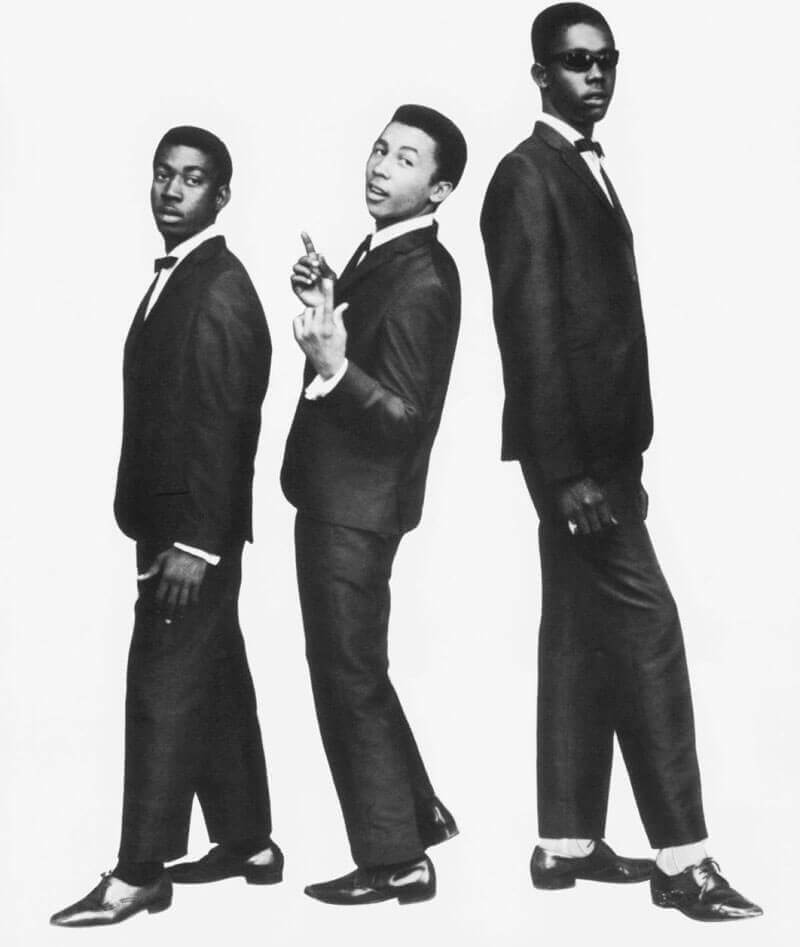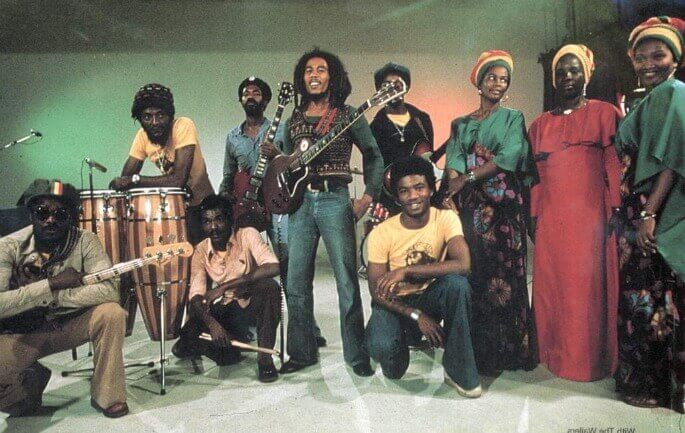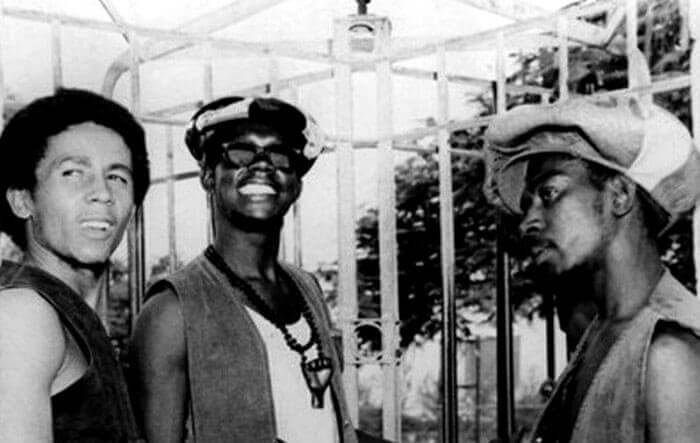This article was last updated in July 2025.
If you’ve ever browsed reggae vinyl or streamed a Marley playlist, you’ve likely seen the names “The Wailers” and “Bob Marley & the Wailers” used interchangeably. While they’re often lumped together, these names refer to two distinct eras and lineups of one of Jamaica’s most influential musical collectives.
In this in-depth guide from Enki’s Music Records, we break down the evolution of the band—from its vocal group origins in 1963 to its transformation into an international powerhouse fronted by Bob Marley. Understanding this distinction isn’t just music trivia—it’s essential for vinyl collectors, music historians, and true reggae lovers.
Origins: Who Were The Wailers?
The original Wailers were a vocal harmony group formed in Kingston, Jamaica, in 1963. The founding members included:
- Bob Marley – Guitar, vocals
- Neville “Bunny Wailer” Livingston – Percussion, vocals
- Peter “Tosh” McIntosh – Keyboards and/or guitar, vocals
- Junior Braithwaite – Lead vocals
- Beverley Kelso and Cherry Smith – Backing vocals
Before settling on the name The Wailers, the group went through several name changes such as The Teenagers, The Wailing Rudeboys, and The Wailing Wailers.
First Hit: “Simmer Down” (1964)
Recorded at Studio One with The Skatalites, Simmer Down became a chart-topping hit in Jamaica and established The Wailers as key voices in the ska movement.
By 1966, only Marley, Tosh, and Bunny Wailer remained in the group, transitioning from ska into the slower-paced and spiritually infused style that would become reggae.

Expansion: Enter the Barrett Brothers and Lee “Scratch” Perry
In the early 1970s, The Wailers expanded beyond a vocal trio. They were joined by:
- Aston “Family Man” Barrett – Bass
- Carlton Barrett – Drums
These two musicians had played with The Upsetters, the house band for dub pioneer Lee “Scratch” Perry. Collaborations with Perry produced crucial early reggae works such as:
- Mr. Brown (1970)
- The album Soul Rebels (1970), recorded at Randy’s Studio and released in the UK by Trojan Records
This lineup combined tight rhythm, mystical lyricism, and a raw energy that attracted international interest.
Island Records Era: The Rise to Global Recognition
In 1972, The Wailers signed with Island Records, marking the beginning of their global journey. Their first two albums under Island were:
- Catch a Fire (April 1973)
- Burnin’ (November 1973)
While critically acclaimed, these records didn’t initially chart—but they introduced the band’s new sound to a wider audience.
A New Chapter: Bob Marley & the Wailers (Post-1974)
In 1974, both Peter Tosh and Bunny Wailer left the group, citing dissatisfaction with Island’s commercial direction and Marley’s growing leadership. From this point forward, the band was officially known as Bob Marley & the Wailers.
The “Bob Marley & the Wailers” Lineup:
- Bob Marley – Lead vocals, rhythm guitar
- Aston & Carlton Barrett – Bass and drums
- Al Anderson – Lead guitar
- Bernard “Touter” Harvey – Keyboards
- The I-Threes – Backing vocals: Rita Marley, Marcia Griffiths, Judy Mowatt
This new formation debuted on the album Natty Dread (1974), followed by the landmark Live! album, recorded at London’s Lyceum Theatre in 1975. The live version of No Woman, No Cry became Marley’s first UK chart hit and helped turn him into an international icon.

Evolution of the Wailers Sound: 1976–1980
Bob Marley & the Wailers continued releasing highly successful albums, often with slight variations in personnel:
Rastaman Vibration (1976):
The band consisted of Marley, the Barretts, the I-Threes, keyboard player Tyrone Downie, percussionist Alvin “Seeco” Patterson, rhythm guitarist Earl “Chinna” Smith, and lead guitarist Donald Kinsey.
Exodus (1977):
In this album, guitarists Smith and Kinsey were replaced by Junior Marvin.
Kaya (1978):
Featured hits like Is This Love and Satisfy My Soul. Especially successful in the UK.
Survival (1979) and Uprising (1980):
Continued Marley’s blend of political, spiritual, and romantic themes
Marley’s Passing and the Posthumous Releases
In 1981, Bob Marley passed away due to melanoma. Despite his death, the legacy of Bob Marley & the Wailers grew stronger through posthumous releases:
- Confrontation (1983) – Included the hit Buffalo Soldier
- Legend (1984) – One of the best-selling reggae albums of all time
- Compilations such as Rebel Music (1986), Talkin’ Blues (1991), and Natural Mystic (1995) kept Marley’s message alive
Why the Confusion Between The Wailers and Bob Marley & the Wailers?
The term “Bob Marley & the Wailers” has often been retroactively applied to music that predates the group’s actual formation. Many compilations, especially from Island Records, rebrand earlier recordings by the original Wailers trio (Marley, Tosh, Bunny) under Marley’s name for marketing purposes.
As music critic William Ruhlmann accurately points out:
“In practice, recordings by Bob Marley & the Wailers can refer to any music featuring Marley and made in the ’60s, ’70s, and ’80s, though careful listeners will insist that the credit should apply only to the recordings and performances of Marley and his regular backup group from the breakup of the original Wailers trio in 1974 to Marley’s death in 1981.”
-
 Various – Bob Marley’s Legend In Dub25,00€
Various – Bob Marley’s Legend In Dub25,00€ -
 Bob Marley – One Drop10,00€
Bob Marley – One Drop10,00€
Credits:
Biography by William Ruhlmann on allmusic.com
Photos from pinterest and factmag.com



